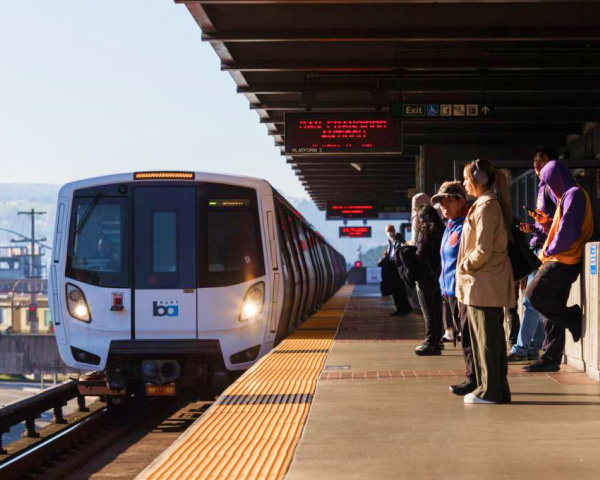In his first press briefing of 2021, Gov. Gavin Newsom on Monday briefly detailed which groups of Californians will be next in line to receive the COVID-19 vaccine, while acknowledging that the pace of the initial rollout is "not good enough."
The state, Newsom said, is still in the earliest round of distribution, known as Phase 1A. Of the nearly 1.3 million vaccine doses California has received so far, only about 454,000 doses — roughly 35% of the total — have been administered to the 3 million health care workers and long-term care residents in the highest priority category.
The next group on deck, of roughly 8 million people — part of Phase 1B — will include residents 75 and older, as well as workers in education, child care, emergency services and food and agriculture, Newsom said. After that will be residents 65 and over, incarcerated and homeless people and workers in critical manufacturing and transportation fields.
But that next phase may be quite a way off, with fewer than expected doses received so far, in addition to a slew of distribution hiccups and logistical challenges that have slowed the initial vaccine rollout in California.
"So we got work to do on this," Newsom said. "And obviously, as we move into January, we want to see things accelerate and we want to see things go much faster."
Just over 1% of California residents have so far received the vaccine.
An additional 611,500 more doses of the Pfizer and Moderna vaccines are being shipped to the state of over the next week, Newsom added.
Dr. Mark Ghaly, secretary of the California Health and Human Services Agency, said the state allocates the vaccine, based on supplies from the federal government, to local health jurisdictions. The doses are then shipped directly to providers like hospitals and local public health offices.
California, Newsom added, is working to expand the number of sites that can distribute the vaccine, including pharmacies, clinics and dental offices.
But even as Ghaly stressed that more vaccine doses "can’t come soon enough," he noted that the relatively small supply the state has received to date would do little to slow the current surge.
“Even if 100% of the doses that California has received were in arms already, it would not be soon enough,” Ghaly said, underscoring the importance of wearing masks and staying at home to reduce transmission.
The state's vaccine advisory group will meet this Wednesday at 3 p.m. in a livestreamed forum to iron out more specific details on the next phase of the rollout, and begin planning for Phase C, encompassing a much larger group that will include people 50 and up as well as younger residents with underlying health conditions and disabilities.
Additionally, Newsom said his 2021 budget proposal, which he submits this week, includes $300 million for vaccine distribution, management and outreach.
Details of the vaccine rollout's next phase come as California's coronavirus death toll tops 26,500, with an average of nearly 38,000 new cases reported per day over the last week, an onslaught that has overwhelmed intensive care units in hospitals across much of the state.
And those grim figures, Newsom noted, don't yet reflect the impact from recent holiday travel and gatherings, a factor he characterized as "a surge on top of the surge." The virus, he added, "remains more deadly today than at any point in the history of this pandemic."
The governor also said nearly 1,300 state and federal staff have been deployed to short-staffed facilities across California, and he outlined an oxygen support and delivery strategy.

